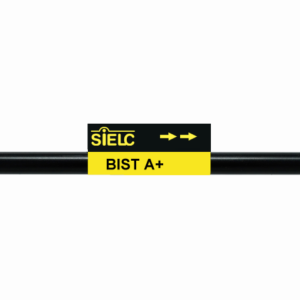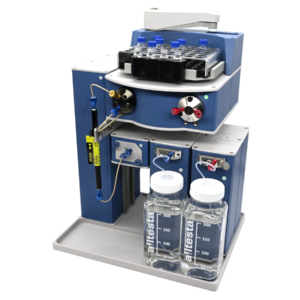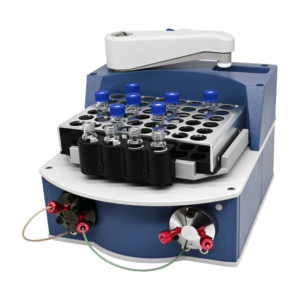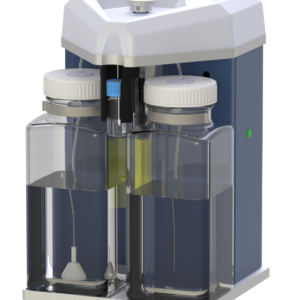HPLC Method for Succinic Acid on BIST A+ by SIELC Technologies
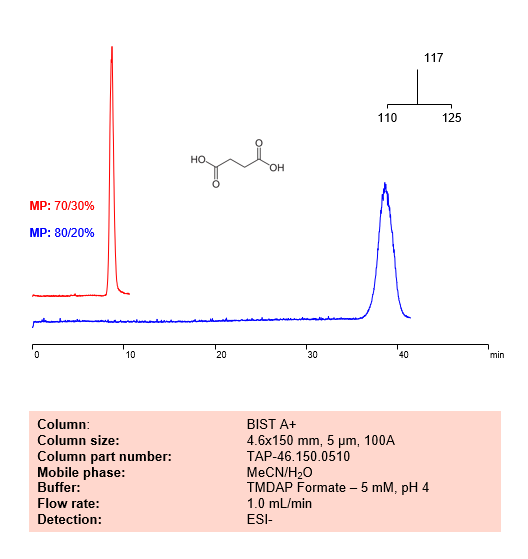
Succinic Acid is a dicarboxylic acid with the chemical formula C4H6O4. It is a precursor of some polyesters as well as a component of some alkyd resins. In food, it is typically used as an acidity regulator and flavoring agent. Sulfonic acids like 1-Pentanesulfonic acid, 1-Heptanesulfonic acid, 1-Decanesulfonic acid, and 1=Dodecanesulfonic acid are typically used in ion chromatography and for organic syntheses.
Using SIELC’s newly introduced BIST™ method, Succinic Acid can be separated on a negatively-charged, cation-exchange BIST A+ column, contrary to conventional chromatographic wisdom. There are two keys to this retention method: 1) a multi-charged, positive buffer, such as N,N,N’,N’-Tetramethyl-1,3-propanediamine (TMDAP), which acts as a bridge, linking the negatively-charged anion analytes to the negatively-charged column surface and 2) a mobile phase consisting mostly of organic solvent (such as MeCN) to minimize the formation of a solvation layer around the charged analytes. Other positively-charged buffers that can generate BIST™ include Calcium acetate and Magnesium acetate. Using this new and unique analysis method, these Sulfonic acids can be separated, retained, and detected through ELSD. This method is also compatible with Mass Spectrometry (LC-MS) and CAD.
Condition
| Column | BIST A+, 4.6 x 150 mm, 5 µm, 100 A, dual ended |
| Mobile Phase | Gradient MeCN |
| Buffer | TMDAP phosphate – 5 mM pH 4.0 |
| Flow Rate | 1.0 mL/min |
| Detection | Vis 600 nm |
Description
| Class of Compounds | Dyes |
| Analyzing Compounds | Succinic Acid |
Application Column
BIST A+
Column Diameter: 4.6 mm
Column Length: 150 mm
Particle Size: 5 µm
Pore Size: 100 A
Column options: dual ended

